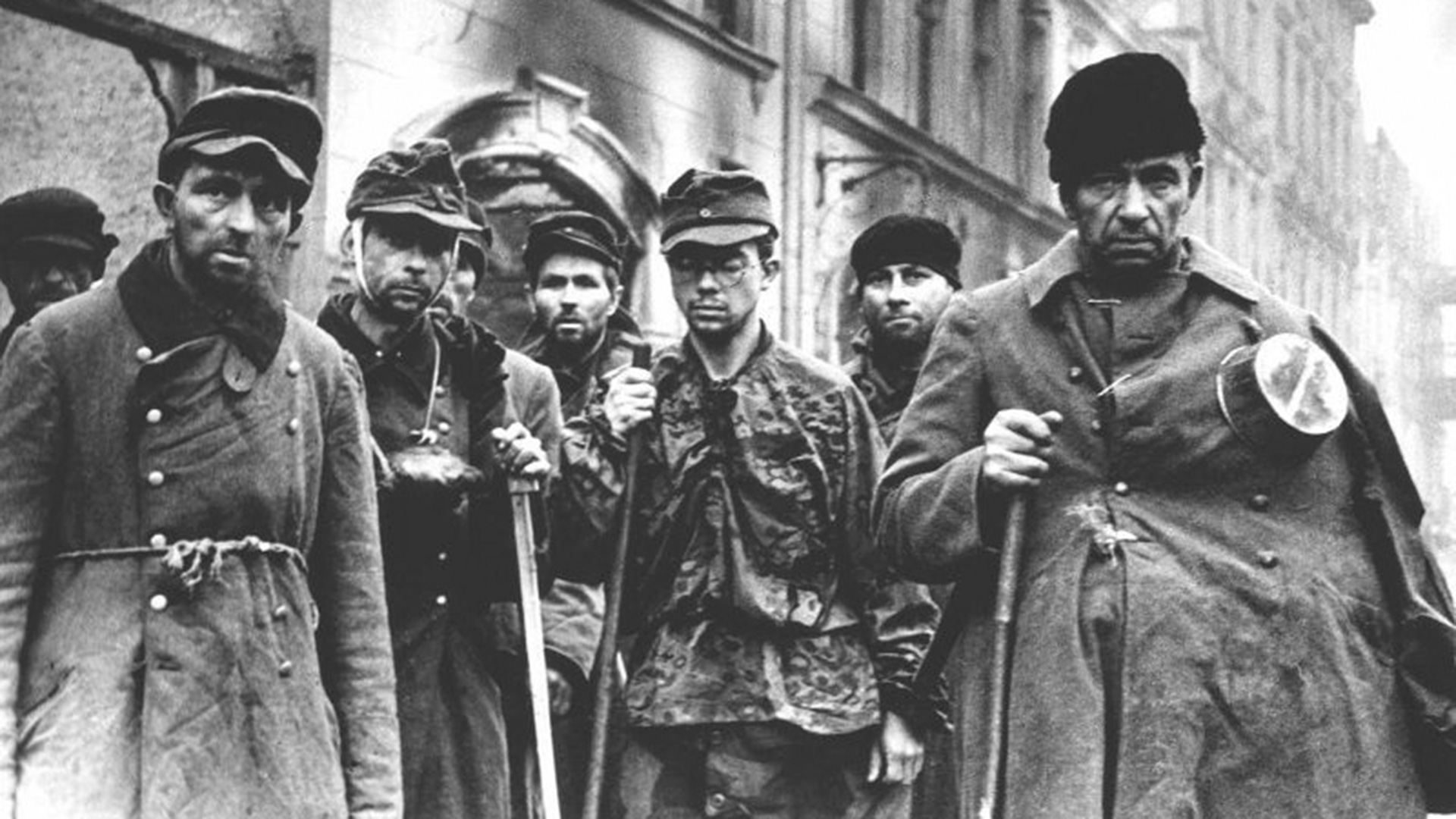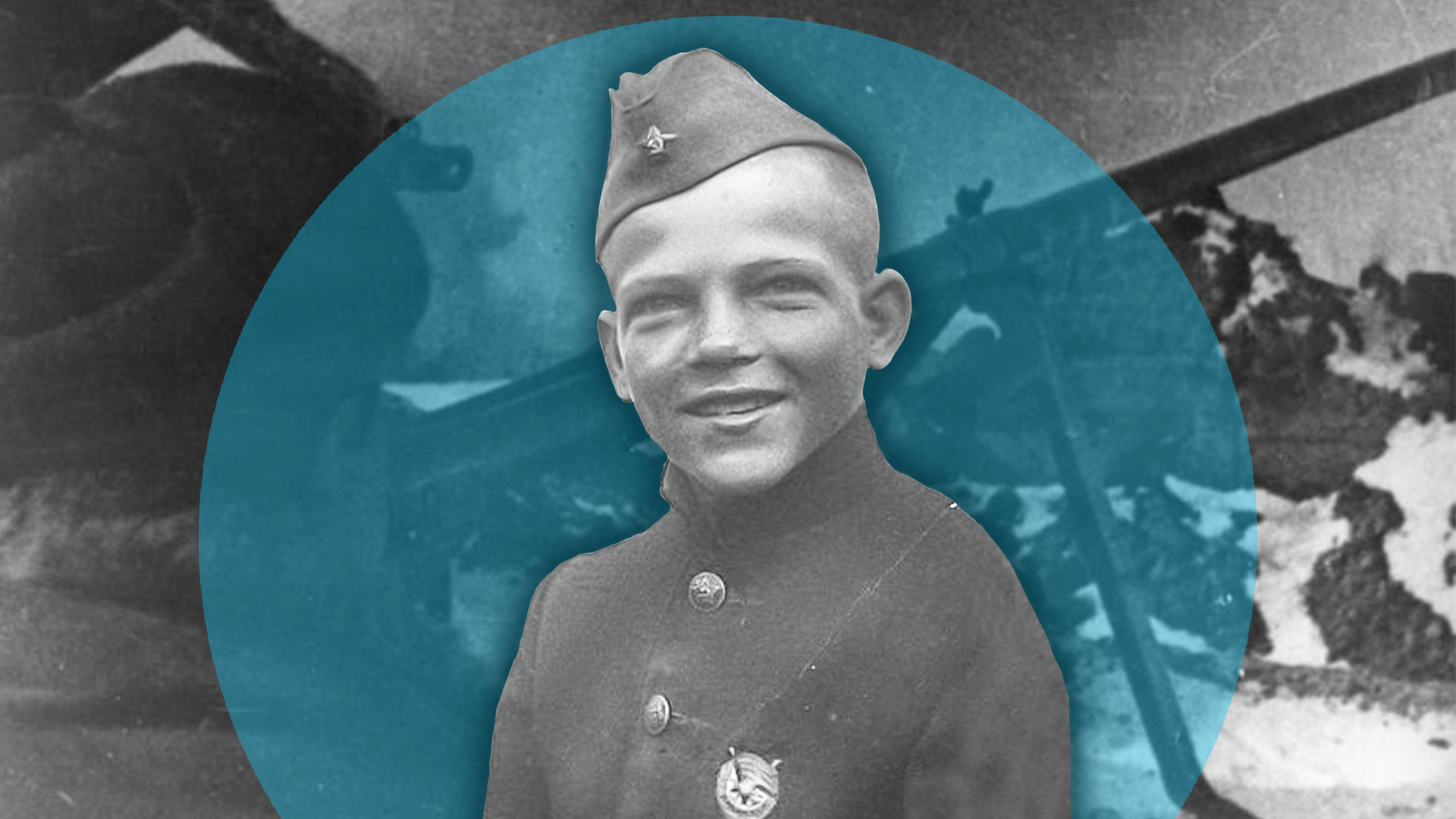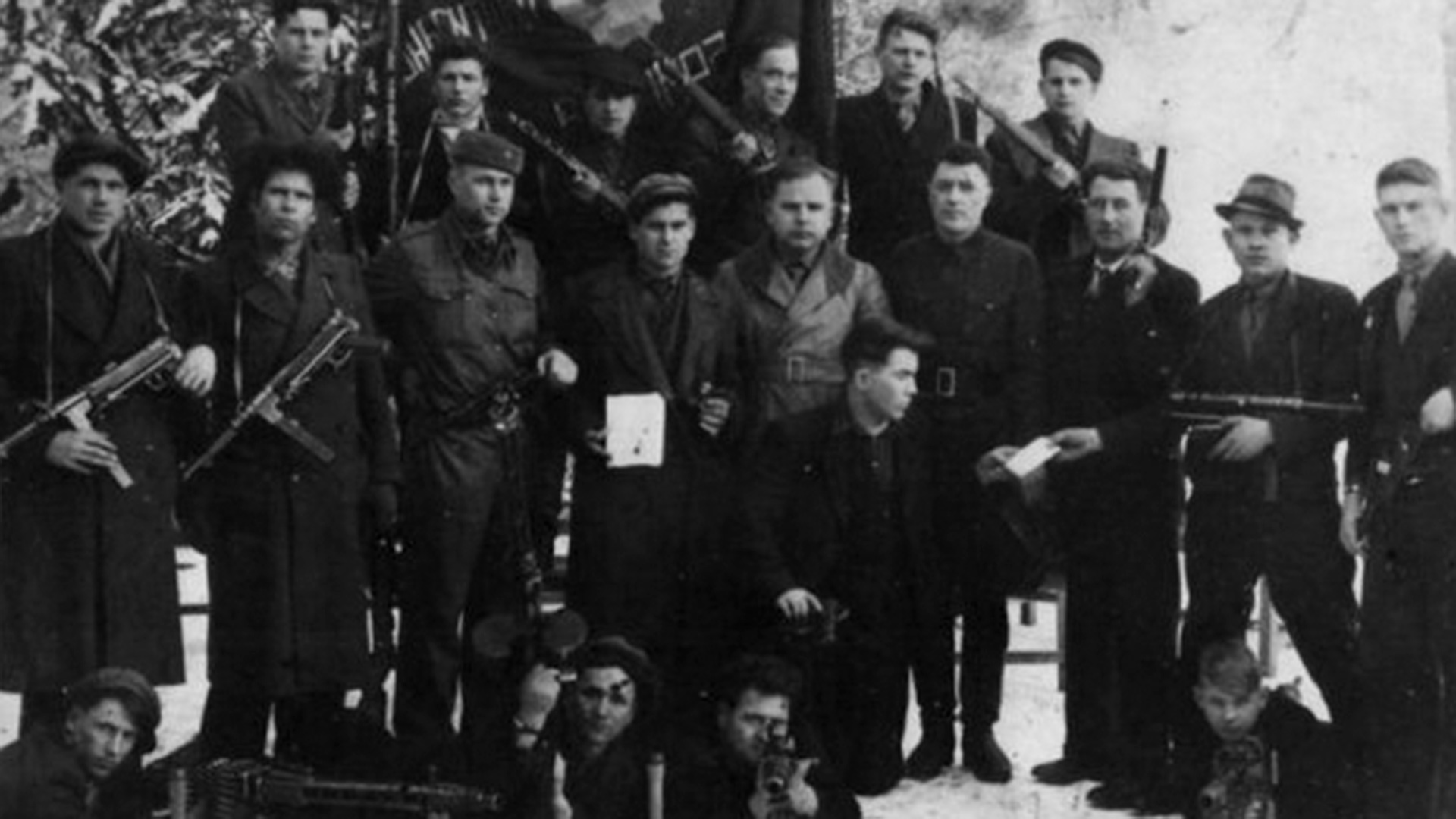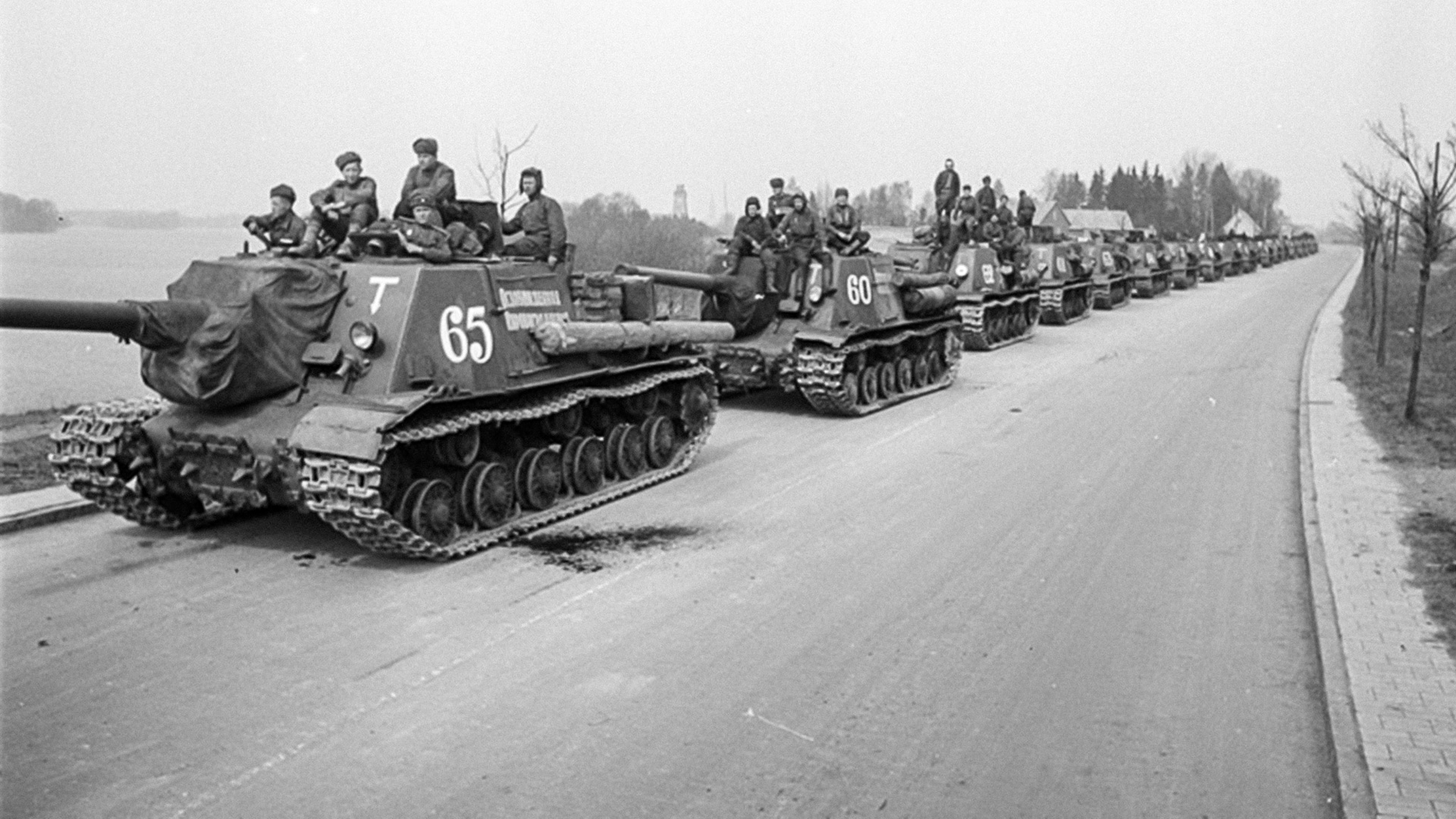
Why did Stalin decide to BLOW UP and flood the Moscow Metro in 1941?
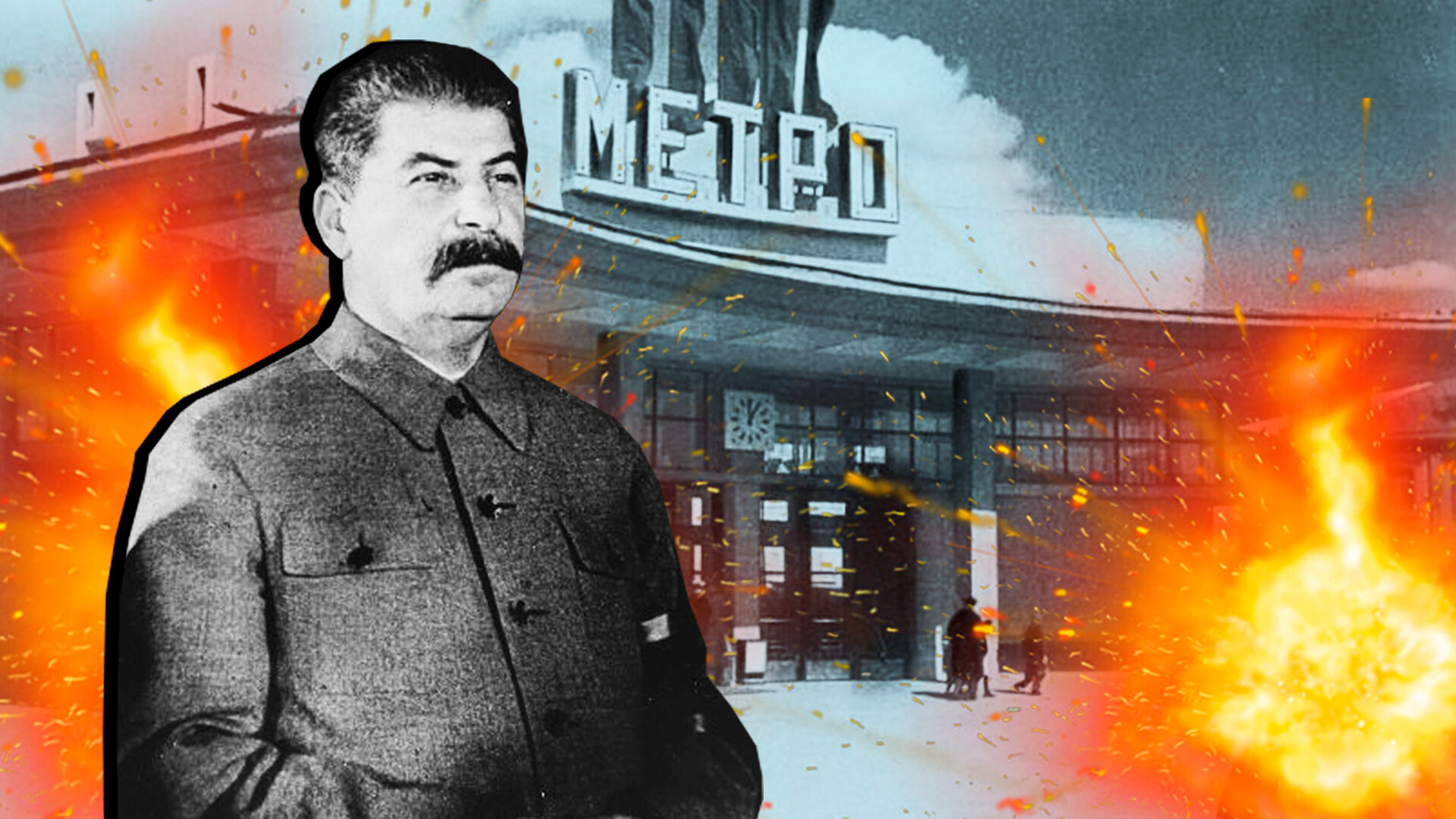
The capital's subway didn’t open for passengers only once during its entire 88-year history. It happened in the morning of October 16, 1941.
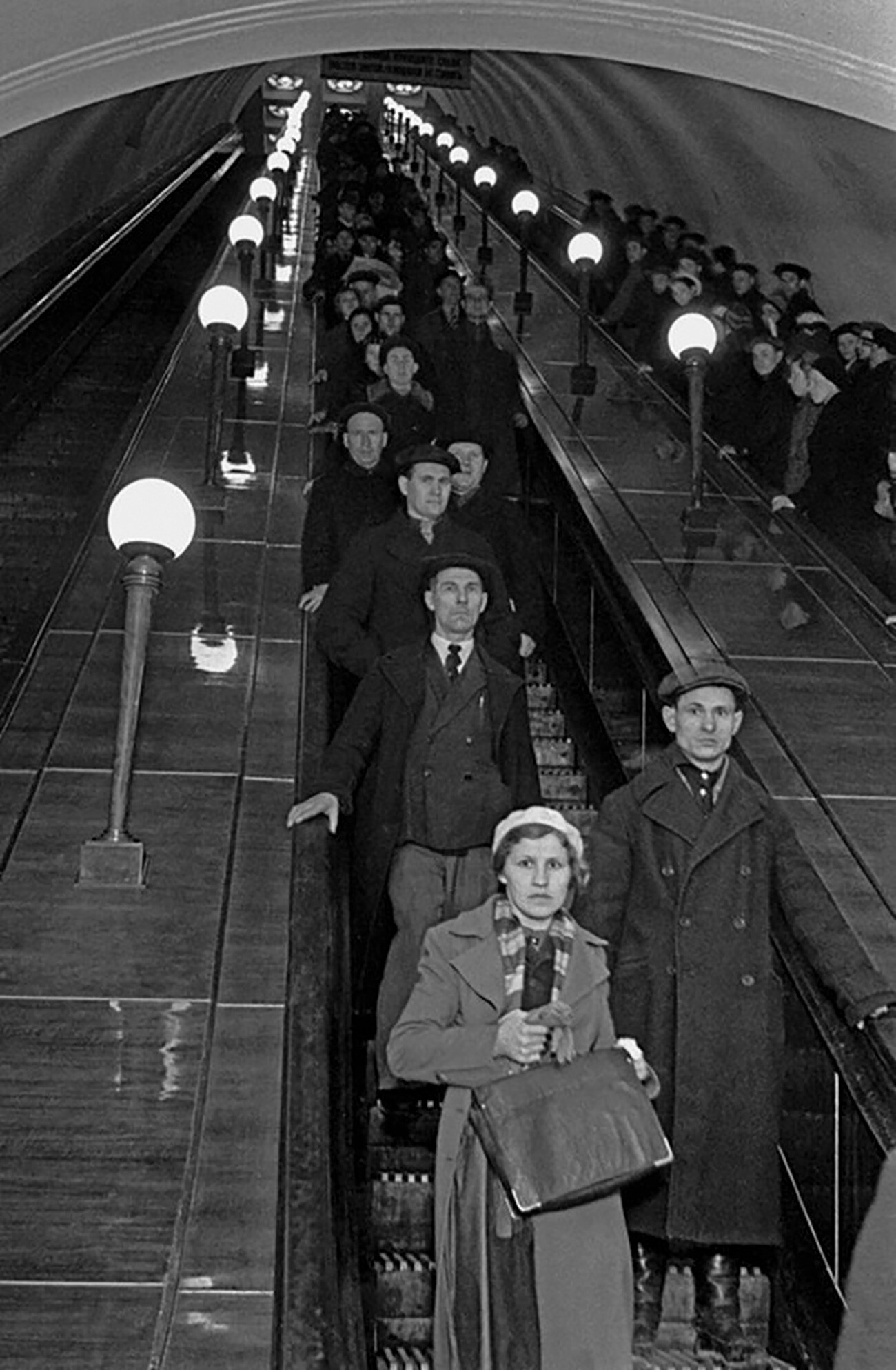
The immediate cause of this was the heavy defeat of the Soviet troops in the battles near Vyazma in early October. As a result of the Red Army catastrophe, the Wehrmacht broke through to a virtually unprotected Moscow.

On October 15, 1941, the State Defense Committee adopted a decree ‘On the evacuation of Moscow, the capital of the USSR’. The enterprises, warehouses and institutions not subject to evacuation were to be destroyed. And a sad fate awaited the capital's subway.

"Metropolitan to close. Prepare in three hours proposals for its destruction, destroy the facilities by any means," was how the order of the People's Commissar (Minister) of Communication Routes Lazar Kaganovich sounded. On the night of October 16, work began to dismantle escalators and equipment, subway facilities were mined and some sections were prepared for flooding.
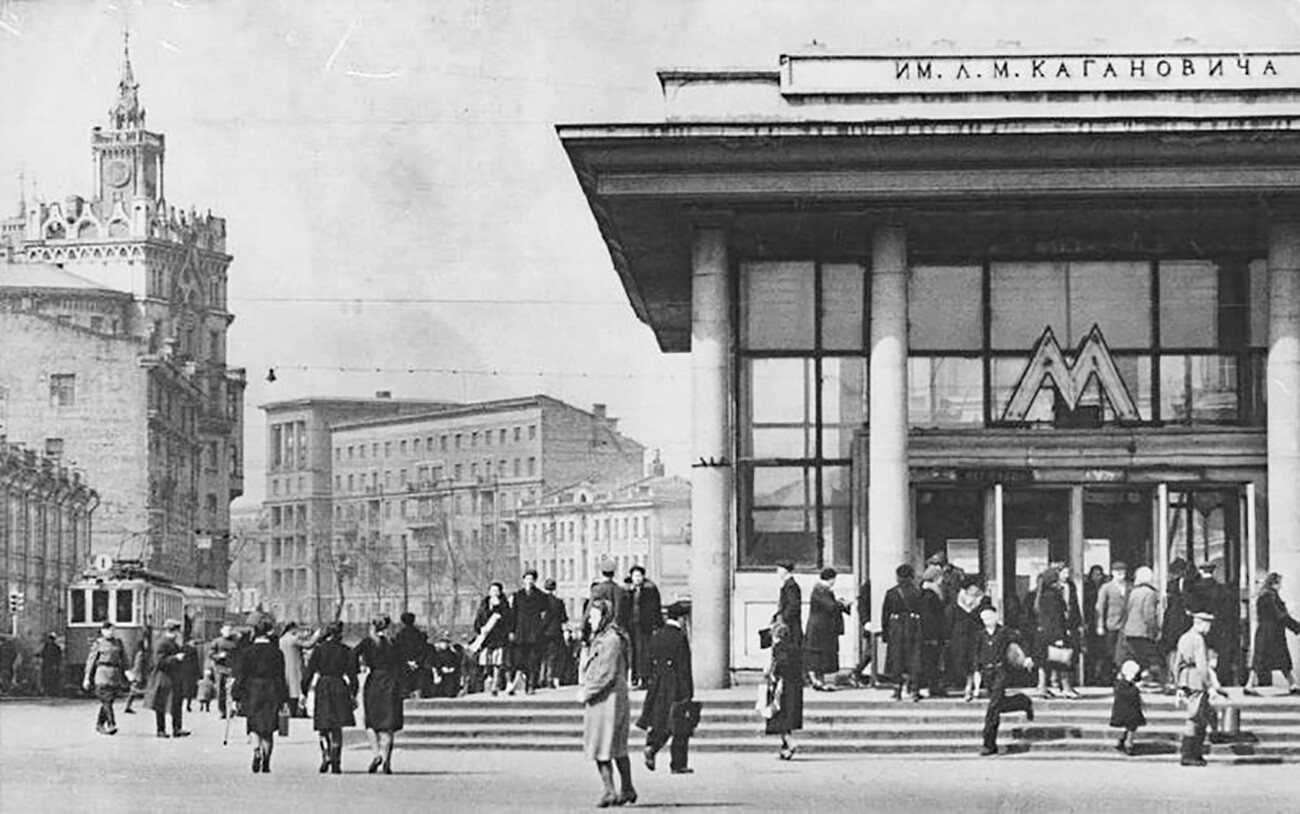
However, they did not have time to finish the job – the State Defense Committee reconsidered the decision to destroy the subway and canceled Kaganovich's order. As a result, the workers had to hastily restore what they had already managed to destroy.

Already at two o'clock in the afternoon on October 16, one of the subway lines was reenergized and, by seven o'clock in the evening, train traffic in the Moscow subway was fully restored.





